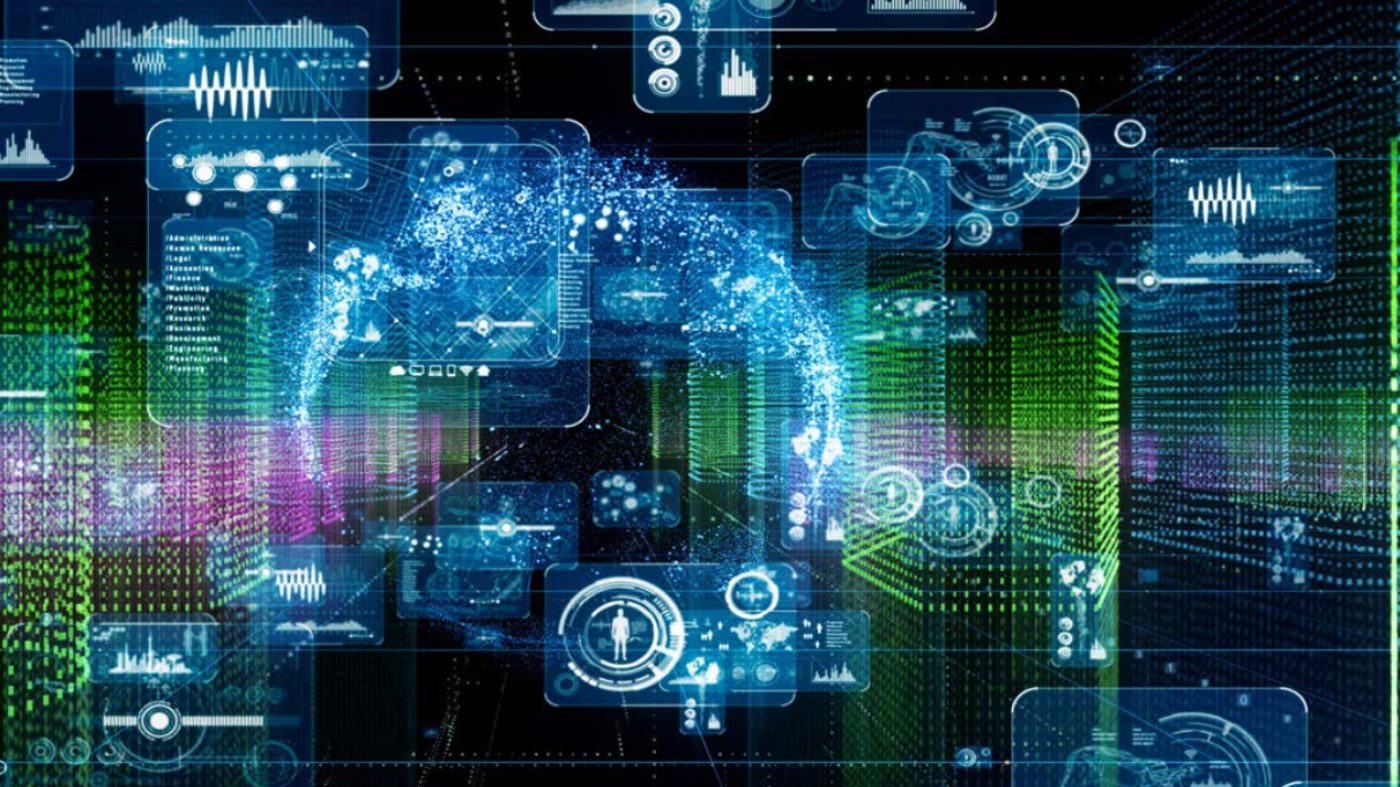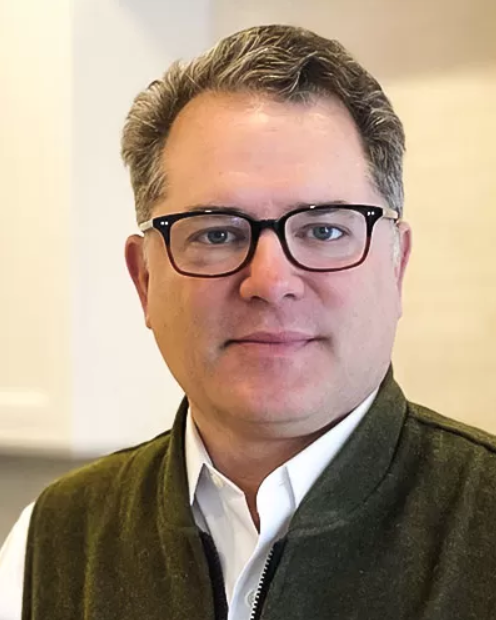Dan Regard, president and CEO of iDiscovery Solutions, discusses recent trends and innovations in the world of digital forensics and e-discovery, including the revolutionary role of contextual data in today’s legal strategies.
CCBJ: What are some forensic and technological trends or areas of focus that you expect to see in 2020, based on iDS’s recent business and the matters you’ve been working on?
Dan Regard: One of the big issues in the industry right now is trying to understand how best to apply the tools that we already have – really bringing the know-how of technology-assisted review (TAR) to bear. There’s still a lot to be improved on, in terms of data preparation, gathering and orientation, as well as maximizing the value that can be taken out of the various forms communication that exist today. We’re still learning new ways of extracting information. But the challenges are not with the technology – the challenges are actually with the sources. We’re seeing data now in an increasingly splintered sequence of channels, whether it’s Twitter or Pinterest or TikTok or whatever comes next. All of these different forms of communications can be relevant under the right set of circumstances, which causes more source challenges and platform challenges.
How are clients responding to that, in terms of their data retention and management? For example, we had a conversation recently with a large company that is trying to move all of their corporate clients into Teams, using their own version of Slack for all their internal communications. That way, they can monitor for harassment or compliance problems more efficiently, as opposed to with email. It makes discovery easier. Do you see people moving in that direction?
It’s hard to say, because we tend to be on the reactionary side of downstream developments. Clients and their employees adopt the technologies that they want, right, and we usually end up dealing with the ramifications at least six to 12 months later, because that’s when litigation arises, not when the technology is first adopted. The challenges I was referring to a moment ago are not so much with enterprise-level technologies, like the one you just mentioned. It’s with the technologies that are independently adopted by employees – the viral new communications platform du jour that employees start using before the employer is even aware it exists. These platforms pop up in a very organic fashion and can spread very quickly – like TikTok has, for instance. At the end of the day, what we find is that employees often don’t really know or care that a particular platform is supposed to be only for personal use or only for business use, so it ends up getting used for both. That can be unintentional. But we also have cases where the use of nonofficial channels is more deliberate – whether it’s collusion or antitrust violations, for example, many times that tends to happen outside of the official corporate channels, for obvious reasons.
Where do you see your company going this year and in the next several years?
We made a decision a long time ago to develop a deep bench of computer, forensic, e-discovery, TAR and overall cyber expertise, and we’re going to continue to grow that capability. We’re going to bring in even more experts. We’ve rolled out a new methodology for enhanced project execution that actually focuses on the beginning of a project. It’s not an additional expense to our clients, but it acknowledges that there are certain things that need to be done at the beginning of a project to preserve the opportunity to testify, opportunities that you may lose if you don’t take them early in the case. We’re engaging with clients about that necessity. Sometimes, when it comes to testifying, we at iDS are more aware of that reality – that these things need to be done early – than our client law firms and law departments are. So we’re actually helping them craft strategies for how to best prepare for the eventuality that expert testimony may be necessary.
We’re also expecting the company to grow geographically. We’re opening up an office in London later this year. In fact, I’ll be there soon myself to lay some of the groundwork for it.
Let’s talk about what iDS is doing in terms of innovation, technologically or otherwise.
We just rolled out a new platform that’s specifically designed to manage structured data in litigation. There’s no other tool out there that does that. We developed it for our own expert testimony purposes, and now we’ve commercialized it for others as well. By structured data, I mean all of the metadata that is generated by technology as we go about daily our lives. Cell phones, GPS, the metadata that exists because you texted with somebody – when you did it, how many times you did it, that kind of thing. And these sources of metadata are increasing. Now it’s also the output of your Ring doorbell. The history of your Waze account. Your financial history – credit card records, ATM withdrawals. All of these different data streams can be analyzed and combined to tell a more cohesive, complete picture of the history of events in a particular case. We call this contextual data. This is a form of innovation, this data integration. These tools didn’t exist until we created them. We’ve spent six years developing them so far, and we’ve just released the latest version.
Innovation can also involve looking closely at existing technologies and finding new ways to apply them to the problems of law. We think, for example, TAR is fantastic, but by itself it’s a very complex tool. So, we combine that existing technology with process and expertise. We have a methodology for consistent high-quality results using TAR, but we also know that the goals of TAR are not always the same. It depends on what your intended outcome is. Are you investigating a collection of documents? Are you reviewing documents for production? Are you reviewing them for privilege? Those are three very different actions, with three very different outcomes. Therefore, we take three very different approaches. That’s a form of innovation.
We deal with a lot of legal operations professionals, who are always trying to optimize how they insource or outsource legal work. Do you have any advice for them about evaluating subject matter experts that they might bring in? What should they be looking for?
It’s enticing to look at a subject matter expert and ask a single question: “Do they understand the subject matter?” That’s appropriate, of course, but you also need to ask a few other questions. Who’s going to make sure that they can testify in a way that’s reliable in the American court system? Who’s going to make sure that they can communicate well to a jury or to the trier of fact? Who’s going to make sure that they handle depositions well, or that they can contribute when you’re taking a deposition from whoever’s on the other side?
All of these issues are an important part of the landscape that determines whether that expert testimony is going to be successful. It’s not just their subject matter expertise. As a result, when we work with our clients, one of the things we talk about is how we can make sure that we surround that expert with a successful team. We are experts in e-discovery and computer science, but sometimes we’re hired to help other subject matter experts, whether it’s involving trade secrets, patent litigation, whatever the case may be, because we bring that expertise. I’ve spent 20-plus years supporting forensic accountants and economists. We’re the ones who retrieved the data and cleaned it up. We’re the ones who housed the data. We even did the preliminary analysis. But no one can match forensic accountants when it comes to the interpretation of the data, or for direction on what needs to be done. And in a world where the footprint of evidence is larger than ever, you often need a team. Pick those other skill sets wisely, so that they complement that expert and help them be more successful.
What do legal ops people need to know about what’s changing on the technological front? How should they be preparing themselves professionally for when adverse things happen?
As the gulf between those who know law and those who know technology becomes wider, finding the way to bridge that gap is crucial, and it becomes more of a challenge. We have great tools out there, great technologies, and as they become more sophisticated, the need to integrate them into the legal practice becomes stronger. I would encourage them to look for translators, look for connectors, look for people who can bring together a versatile team to handle a variety of issues.
Also, there is that emergent new body of evidence, contextual data, that I mentioned before, and it affects the tactics, strategies and outcomes of litigation. It impacts all three legs of the litigation stool – damages, merits and credibility. It’s a real powerhouse.
So those are my two pieces of advice: Find someone who can help you connect to the right technological solutions. And number two, pay attention to this emergent area of evidence, contextual data, because it really is causing transformative outcomes.
You’re working on a book. What can you tell us about it, especially in terms of what it offers the legal community?
The book is about the impact of big data on litigation – that emergent technology around contextual data that I’ve been talking about. It’s called “The Last Jury Trial: Litigation in a World of Perfect Information.” Sci-fi television shows like Black Mirror aside, I wanted to think about this question: “Do we already live in a world where we are recording everything that we do, everywhere that we go, everything we purchase, everybody we spend time with?” The answer is yes, we do. Right now, today. Perhaps it’s difficult to acquire some of that data, but it does exist. Therefore, it went from nonexistent to existent. But our experience with all previous technologies tells us that it will become more accessible in the future. In fact, our data has already become so accessible that, as a society, we felt the need to write laws to stop people from accessing it when we don’t want them to. These privacy laws speak to the existence of something totally new – we didn’t need them in the past, now we need them. You don’t write laws about something you can’t do, you write laws about something you shouldn’t do.
In the end, this whole emerging area of contextual evidence raises a lot of new questions – about how we deal with it as a practice, what the implications are for how we litigate, what the sequence of civil procedures should be, how this evidence is different than oral testimony and other documentation. All of this is in the book.
Published April 5, 2020.




